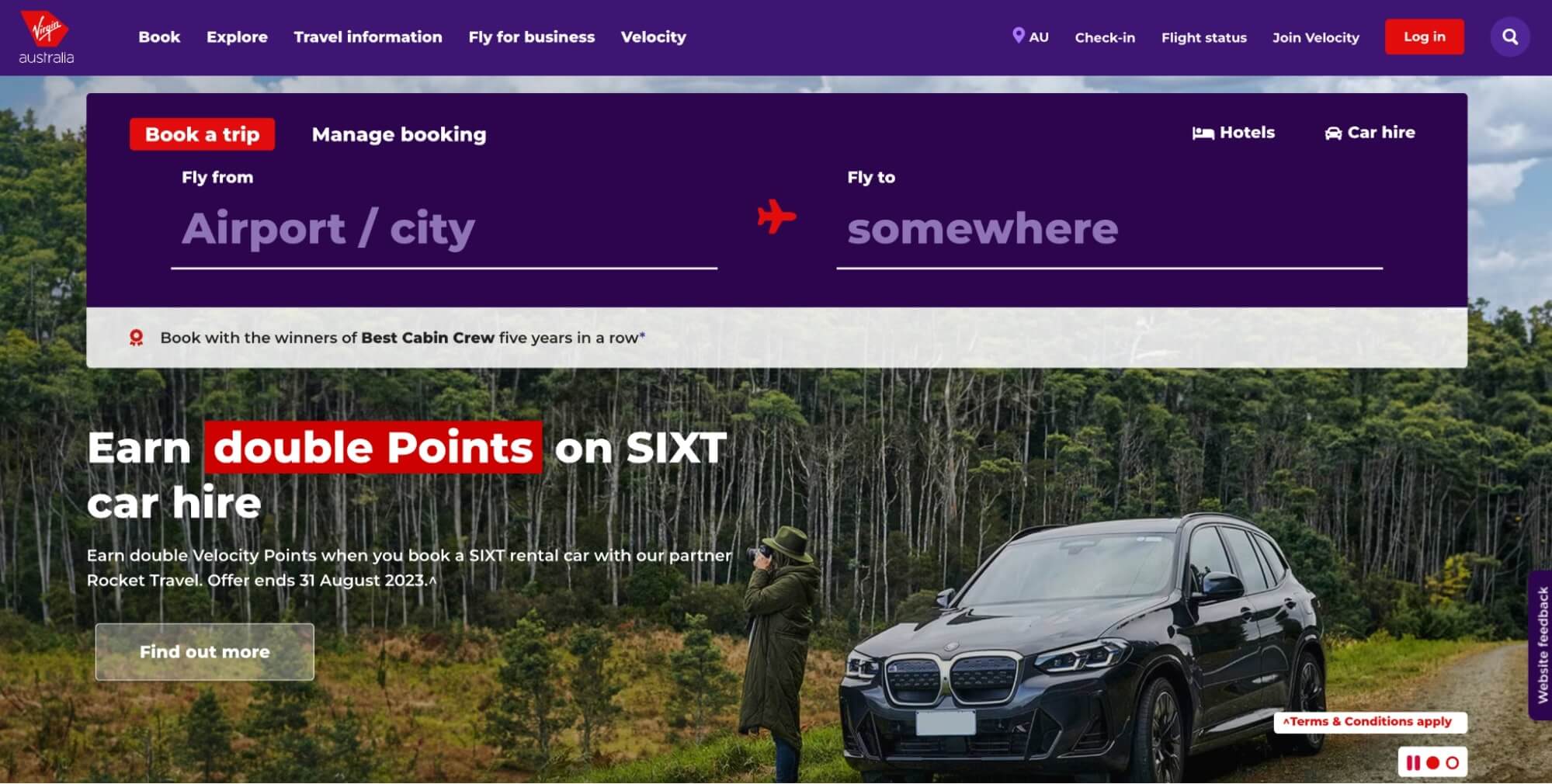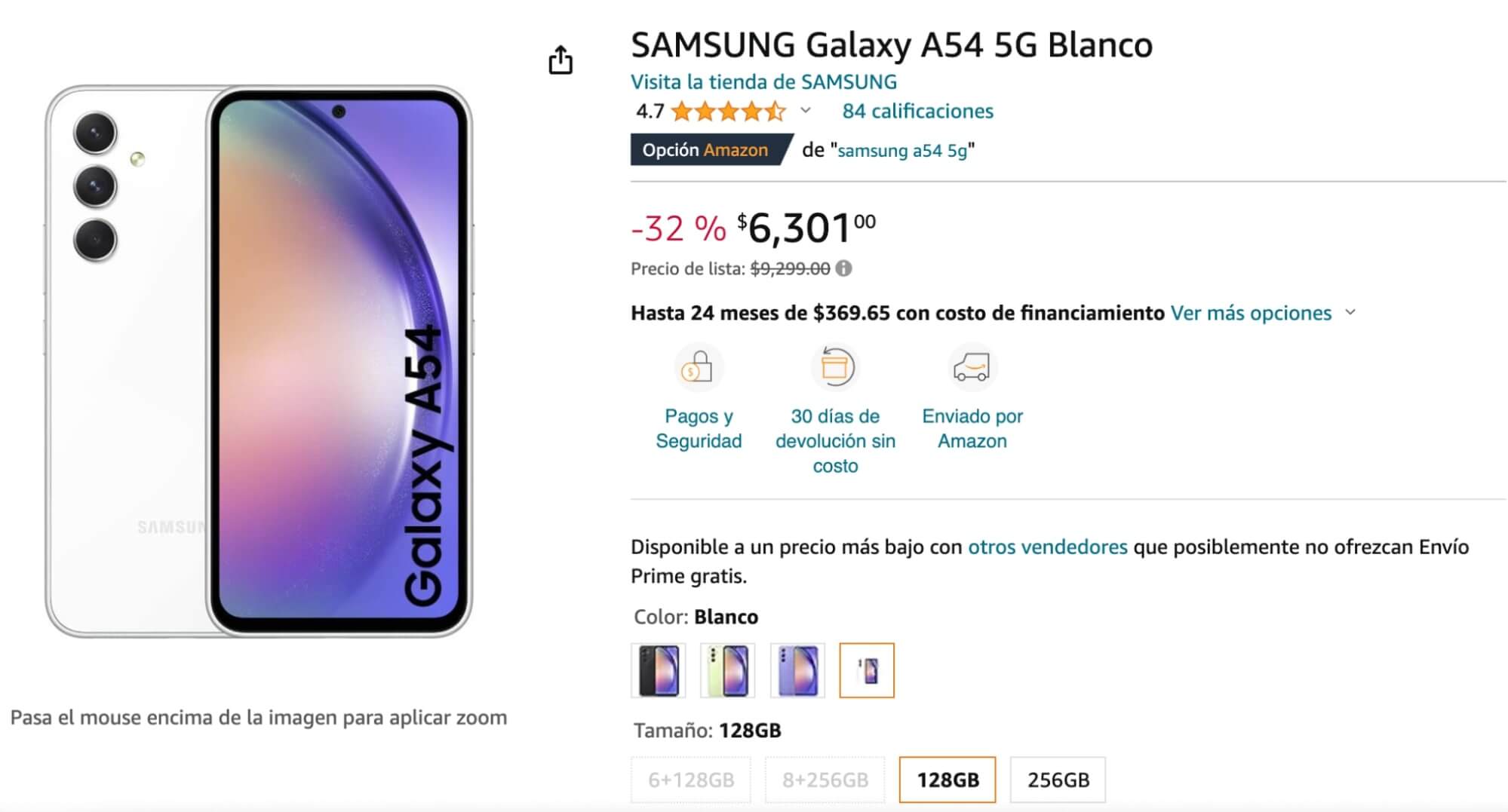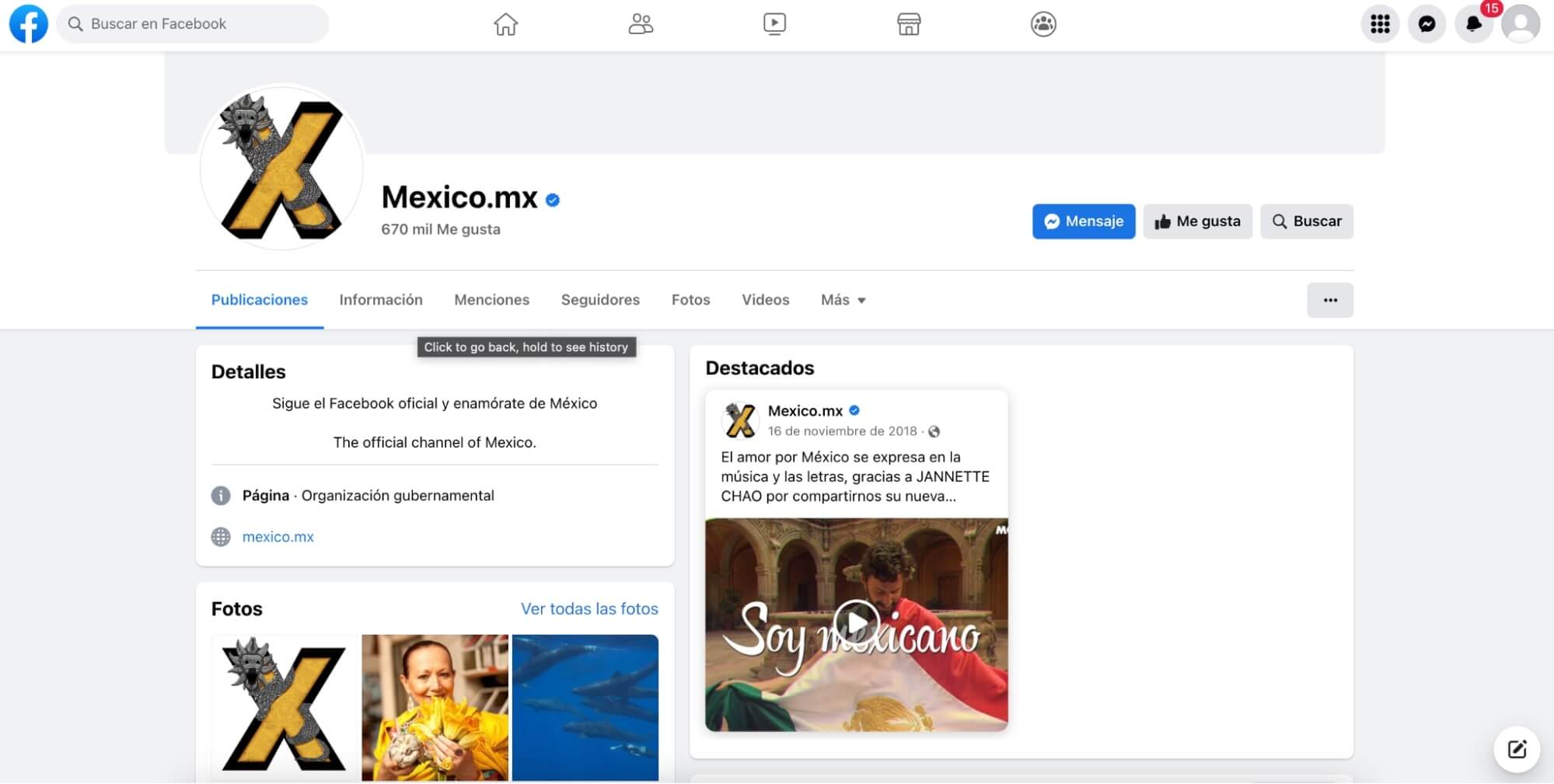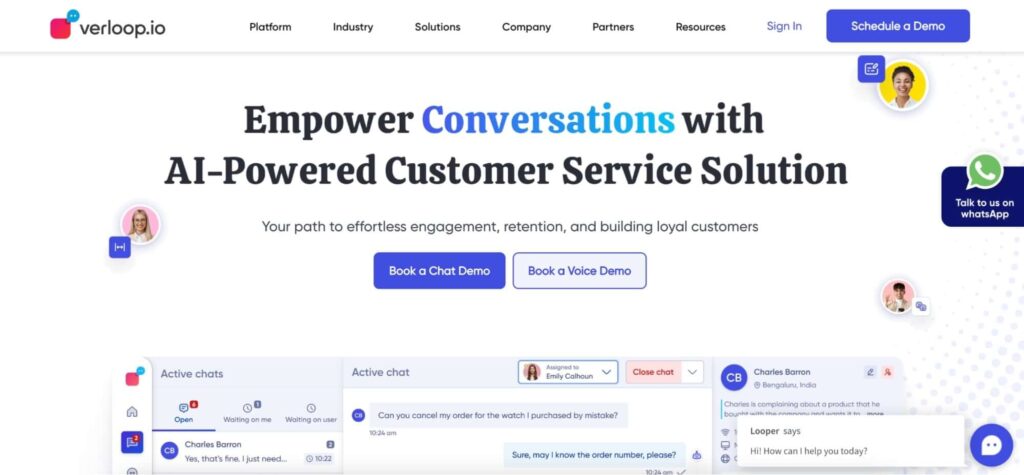We have recently concluded building a multilingual corporate website for a big-ticket client. We couldn’t stop but notice the fact that automatic translation and localization through AI have already become the next big thing in website content creation.
When you’re considering how to adapt your website for different languages, you have two major choices: Translation & Localization. The challenge lies in considering the characteristics of the market you hope to reach.
GPT3 content creation may have solved it for you!
AI-powered localization and translation tools significantly reduce the time and effort required to build and localize content. AI streamlines the workflow by automating processes, such as text extraction, translation, and quality assurance.
This not only saves resources but also enables faster time-to-market for content creators (may not necessarily be your in-house team, pun intended!).
Q. But are we hinting that content creation through artificial intelligence is yet to replace specialized job roles?
Q. How trustworthy is real-time content translation and content localization using AI?
Q. How many free AI translator tools are available in the market?
Q. What are the trending applications of AI content translation and AI content localization in content creation?
Get answers to many such questions here.
Let’s begin with,
What is AI Translation or AI Content Translation?


AI translation refers to automatic content creation using text or speech, from one language to another. It involves leveraging algorithms and statistical models to analyze and understand the input source language and generate a corresponding translation in the target language.
The current AI content translation systems typically work in the following way:
- Preprocessing: The input text is prepared by tokenizing it into smaller units (such as words or subwords) and applying necessary formatting or normalization.
- Encoding: The preprocessed text is then encoded into a numerical representation that can be understood by the AI model. This encoding can be based on word embeddings or subword embeddings.
- Neural Network Translation: The encoded input is passed through a neural network model, which has been trained on a large corpus of bilingual or multilingual data. The model’s parameters are learned to predict the most likely translation for a given input.
- Decoding: The model generates a sequence of words or subwords in the target language based on the learned parameters. This decoded output represents the translated text.
- Post-processing: The generated translation may undergo post-processing steps, such as applying grammar rules, correcting word order, or adapting to specific style guidelines to improve the overall quality of the translation.
AI content translation can be applied in various scenarios, including website content, document translation, subtitling, customer support, and more. But what about targeting your services and products to the local culture?
This is where content localization through AI comes into play.
Why Should You Focus on Content Localization through AI?


AI content localization refers to the process of adapting content to suit the linguistic, cultural, and regional preferences of a specific target audience. It involves not only translating the text but also considering various factors such as
- idiomatic expressions,
- cultural nuances,
- date and number formats
- currency symbols, and
- even images and multimedia elements.
One of the key advancements in AI content localization is the use of machine learning algorithms, like neural machine translation (NMT) and natural language processing (NLP) techniques.
Also Read
New attention mechanisms and transformer architecture allow the NMT model and NLP techniques to focus on relevant parts of the source sentence during translation, resulting in more contextually aware translations.
The launch of chatGPT translator (a version of Transformer) is a game-changer in this regard.
Watch this YouTube video to understand how chatGPT translations are better than other popular tools in the market.
Major milestones in the field of AI translation and localization of webpage content.
- Rule-Based Machine Translation (1950s-1980s): Limited in their ability to handle complex linguistic phenomena.
- Statistical Machine Translation (1990s-2000s): Faced challenges in capturing context and producing fluent output.
- Phrase-Based Machine Translation (Mid-2000s): Divided the source sentence into smaller units for accurate translations.
- Neural Machine Translation (NMT) (Late 2010s): A breakthrough that significantly improved translation quality and fluency.
- Advancements in Neural Networks (2010s): Inclusion of attention mechanisms and transformer architectures in NMT
- Post-Editing and Human-In-The-Loop (Present): Symbiotic relationship between humans and AI in the translation process for trustworthy results.
10 Trending Ways to Automate Content Creation
We have identified popular easy content creation use cases that you can try using AI content translation and AI content localization tools:
- Software and App Localization
- Website Localization
- E-commerce Localization
- Video Game Localization
- Publishing and Media Localization
- Technical Documentation Localization
- Subtitling and Captioning
- Marketing and Advertising Content
- Customer Support and Chatbots
- Social Media Content Creation
Software and App Localization


AI are used to localize software applications and mobile apps. AI translation can translate user interfaces, error messages, dialog boxes, and other elements, making the software accessible to users worldwide.
EXAMPLE: Microsoft Office applications, such as Word, Excel, and PowerPoint, integrate AI localization and translation features. Users can translate their documents into different languages using the built-in translation tools.
USE CASE-1: Website Localization
- AI translation tools can automatically translate web content, including text, menus, and user interfaces, ensuring a seamless browsing experience for global users.
- Further, content localization through AI enables businesses to adapt their websites to different languages and cultural preferences.

EXAMPLE: Facebook has a universal presence in many countries. To ensure that its platform is accessible to users in different target markets, it uses AI-powered translation and localization to translate content, including posts, comments, and messages, into multiple languages.
Also Read
USE CASE-2: E-commerce Localization
- AI localization is essential in e-commerce to translate product descriptions, pricing, customer reviews, and other content related to online shopping.
- By providing accurate and localized information, businesses can effectively engage with customers in different regions.

EXAMPLE: When a user visits Alibaba.com or AliExpress, they can utilize in-built AI tools to help translate product descriptions, customer reviews, and other content into preferred their languages.
USE CASE-3: Video Game Localization
- AI localization and translation are crucial in the gaming industry to translate game scripts, dialogues, instructions, and user interfaces.
- Localization helps create an immersive and engaging gaming experience for players around the world.

EXAMPLE: “The Elder Scrolls V: Skyrim” developed by Bethesda Game Studios is a critically acclaimed open-world role-playing game. Bethesda employs AI localization and translation tools to automate the translation process, ensuring that the game’s dialogue, user interface, subtitles, and other textual elements are culturally appropriate for players in various regions.
Publishing and Media Localization


- AI localization and translation are employed in the publishing and media industries to translate books, articles, newspapers, magazines, and other written content.
- This allows publishers to reach international readerships and expand their market reach.
EXAMPLE: BuzzFeed is a digital media company known for its diverse content, including articles, videos, quizzes, and more. It widely employs AI algorithms and machine learning models to take into account the nuances of the content, such as cultural references and humor, to ensure that the translated versions capture the essence and tone of the original material.
USE-CASE-1: Technical Documentation Localization
- AI translation is utilized to localize technical documents, manuals, user guides, and product documentation.
- This ensures that users in different regions can access accurate and comprehensive information about products and services.
USE-CASE-2: Subtitling and Captioning
- AI translation is commonly employed to automatically generate subtitles and captions for videos and multimedia content.
- AI models can transcribe and translate spoken words, making content accessible to non-native speakers and individuals with hearing impairments.
Marketing and Advertising Content
- AI translation is utilized to localize marketing campaigns, advertisements, social media content, and promotional materials.
- It ensures that marketing messages are appropriately adapted to resonate with target audiences in different languages and cultures.
USE CASE-1: Customer Support and Chatbots
- ChatGPT has ushered in a new era of conversational marketing.
- AI translation tools are used in customer support services to facilitate multilingual interactions.
- Chatbots equipped with AI localization capabilities can understand and respond to customer queries in different languages, providing a seamless support experience.
EXAMPLE: Conversational chatbot providers like Veriloop can help businesses deliver quick, personalized support in a language and channel of their choice.

USE CASE-2: Content Creation for Social Media
- AI localization and translation tools assist in creating localized social media content.
- They can automatically translate posts, comments, and messages, enabling businesses and individuals to engage with global audiences effectively.
Get creative. Click here to read our previous blog on exciting use cases of AI in social media for content creation.
Also Read
5 Best AI Translators and AI Localization Tools
Google Cloud Translation offers a comprehensive set of AI-powered translation services that can be integrated into applications and websites. It supports a wide range of languages and provides both general translation and specialized translation models for specific domains.
Amazon Translate is a neural machine translation service offered by Amazon Web Services. It provides real-time and batch translation capabilities and supports a variety of use cases, including website localization, content localization, and chatbot integration.
Microsoft Translator is a cloud-based translation service that utilizes neural machine translation technology. It offers translation APIs, speech translation, and language detection capabilities, making it suitable for various localization needs.
DeepL is an AI-based translation tool that employs neural networks for high-quality translation. It supports multiple languages and provides options for text translation, document translation, and website integration. DeepL is known for its accuracy and natural-sounding translations.
KantanMT is a cloud-based machine translation platform that allows users to build and deploy customized neural machine translation engines. It offers features for training, customization, and post-editing, empowering organizations to create domain-specific translation solutions.
Way Forward: Humanizing AI Content Localization and Translation
Summarizing important facts about AI translation and localization in content creation:
FACT 1. Language Support: AI translation and localization tools support a wide range of languages, enabling businesses to reach global audiences effectively.
FACT 2. Customization and Domain Expertise: AI translation and localization systems can be customized and trained with domain-specific data, specialized terminology, and jargon, such as legal, or technical fields to achieve more accurate translations.
FACT 3. Multimedia Localization: AI translation and localization can also be applied to localize multimedia elements such as images, videos, and audio files.
FACT 4. Scalability: AI translation and localization solutions are highly scalable, capable of handling large volumes of content and adapting to increased translation demands.
While AI models have made significant progress in understanding context and generating accurate translations, human expertise remains crucial for ensuring the highest quality translations, especially in sensitive (language nuances and cultural sensitivities) or creative contexts.
The good part is AI translation systems can facilitate collaboration between human translators and AI models through post-editing. You can engage localization teams to review and refine machine-generated translations.
Are You Ready to Unlock AI for Your Business?
When it comes to implementing AI solutions, finding the right consulting services is paramount. Our team of experienced AI consultants is here to guide you on your journey towards digital transformation.
Whether you need assistance in developing AI strategies, optimizing processes, or implementing cutting-edge AI technologies, we have the expertise to drive your success.
Don’t miss out on the opportunity to revolutionize your operations. Request a quote from us today and embark on a transformative AI partnership that will propel your business to new heights. We are also available at +1 (210) 787 3600 anytime!
What’s Next?
Now that you’ve had the chance to explore our blog, it’s time to take the next step and see what opportunities await!

![Breaking Barriers: AI Content Translation and AI Content Localization [Facts + Insights] Breaking Barriers: AI Content Translation and AI Content Localization [Facts + Insights]](https://colorwhistle.com/wp-content/uploads/2023/08/Breaking-Barriers-AI-Translation-and-Localization-in-Content-Creation-ColorWhistle.jpg)






